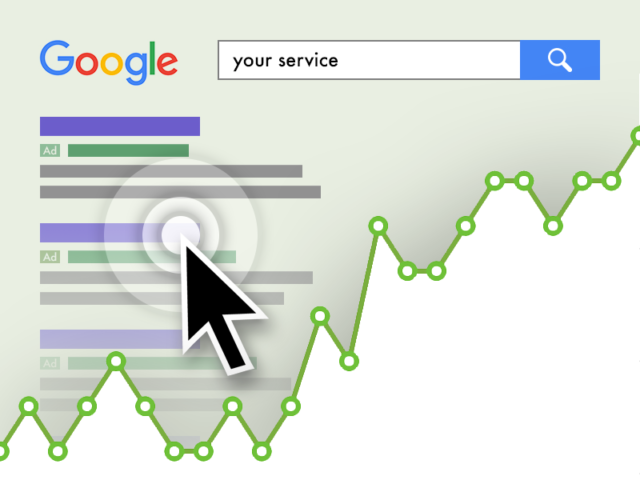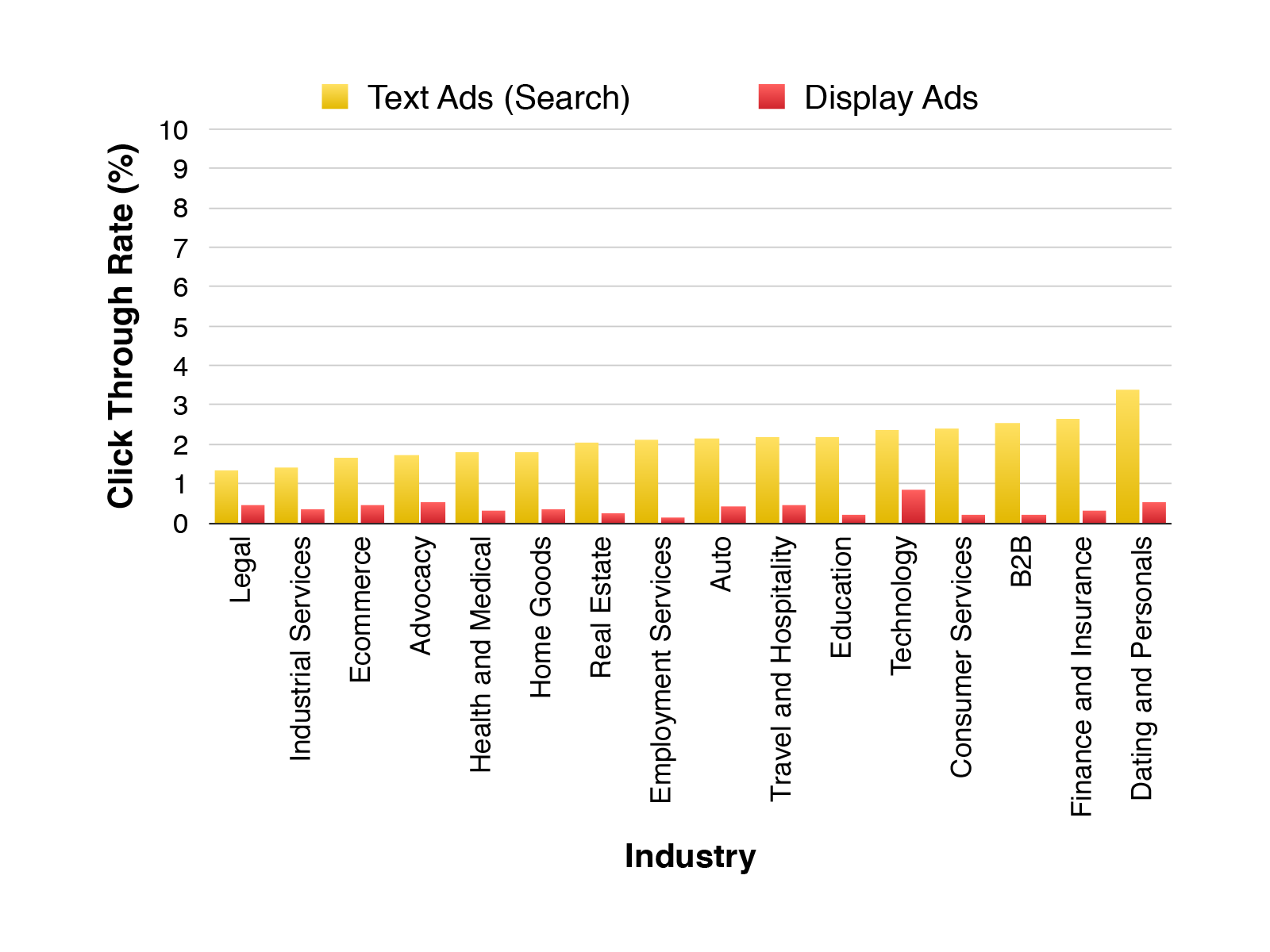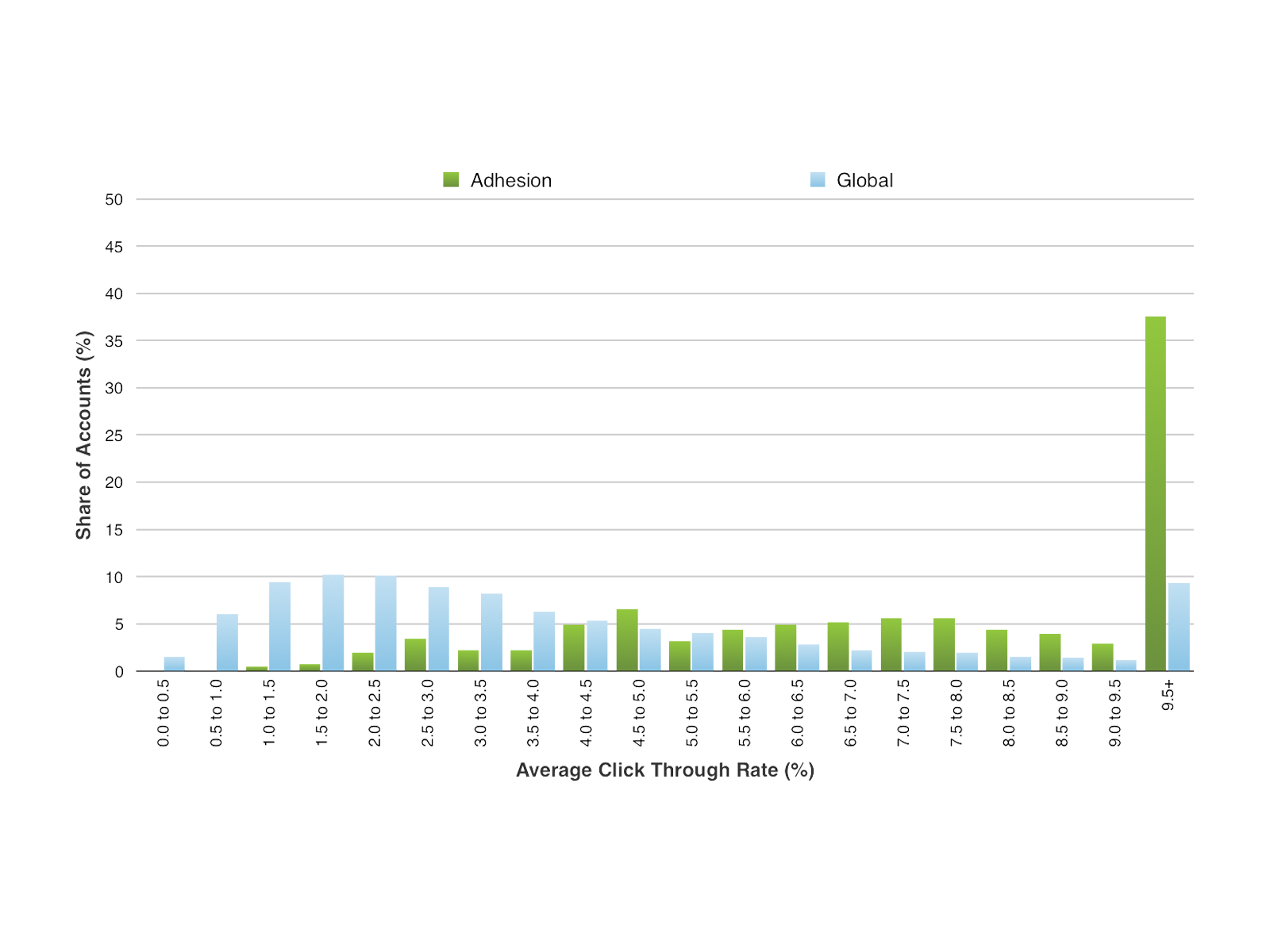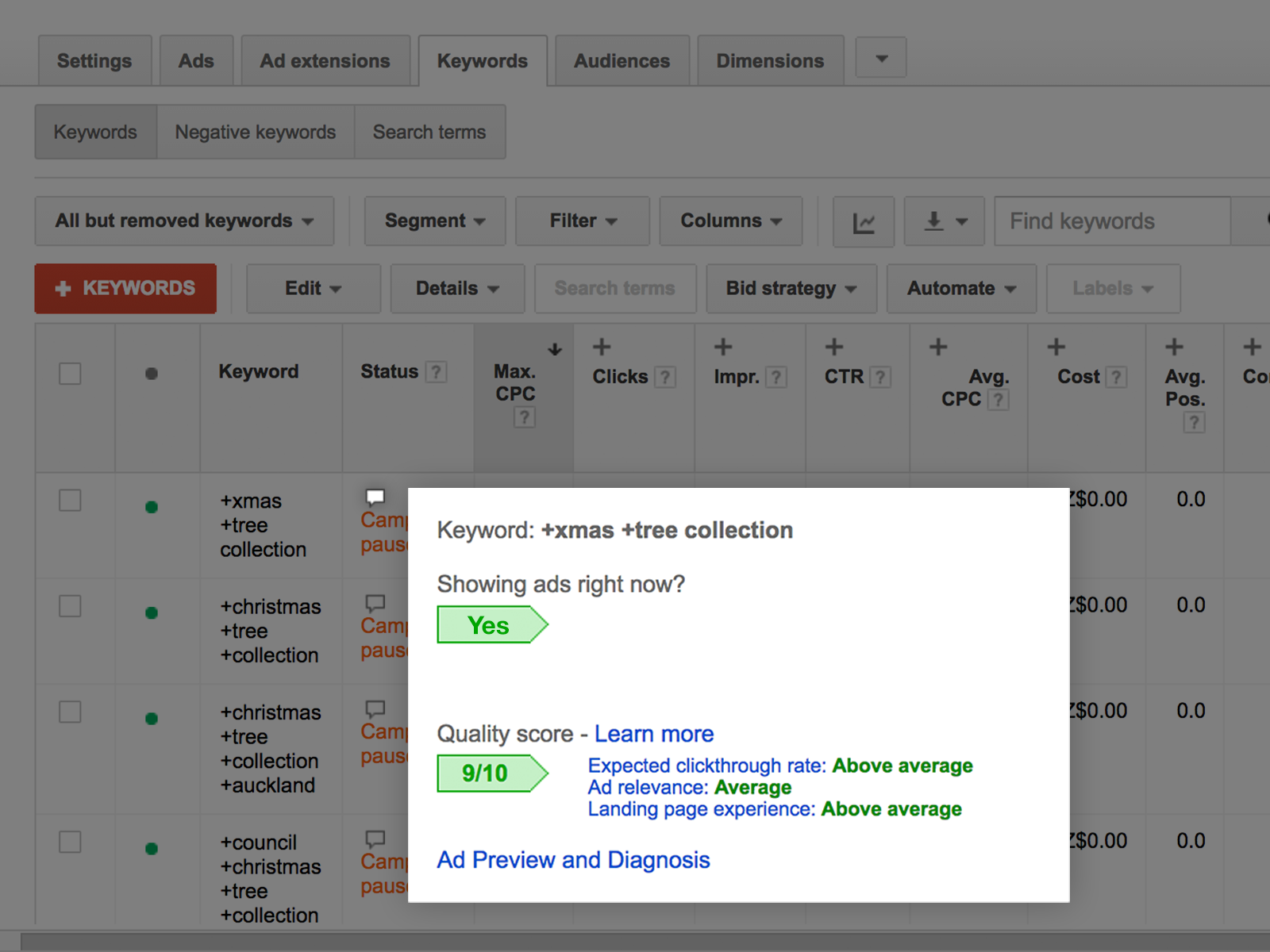Updated: Apr 28, 2025
Author: Tony Waldegrave
Google Ads (formerly AdWords) is a powerful but complex advertising platform. So before you can make improvements to your campaigns, you'll need to understand how things like Click Through Rates (CTR), Quality Scores and even your website's SEO affect campaign performance.
Click Through Rate (CTR) is the percentage of people who click on your ads when they appear in Google Search, Facebook or other online advertising media. Each time one of your ads appears, one impression is counted. For example, if one of your ads gets 1000 impressions and is clicked 42 times, it will have a CTR of 4.2%. If you don’t understand this AdWords terminology, don’t worry, you can check out Adhesion’s article about Google AdWords and Google Analytics Definitions.
A high CTR is an indication that your advertising campaign is performing well. In fact, a higher CTR can reduce your ad spend (more on that later).

Average Click Through Rates depend on a countless number of factors including your ads, your campaign settings, the industry you’re in, your target market, your product/service, the location you’re targeting, demand seasonality etc. A notable difference in click through rates can be seen between text ads in Google Search and display/image ads like banners. Across the board, text ads have higher average CTRs than display ads (mostly because they serve different functions). Check out the graph below showing how average CTR varies by industry.

In this article, we're going to focus on the Click Through Rates for text ads, not display ads.
At Adhesion, we consider the click through rates less than 4% to be relatively low. A lot of NZ business owners struggle to manage their own Google Ads (AdWords), therefore lowering the average CTR figures in the graph above. When anyone joins Adhesion's Google Ads team, our baseline goal is always to get 5%+ Click Through Rates within the first month. Any CTR we can get above 10% is considered impressive. CTRs above 15% are called "unicorns" because they're so rare. In fact, 12% of the campaigns that Adhesion manages are "unicorns" (see graph below). Adhesion strongly recommend seeking a Google certified professional instead of trying to DIY.

Quality Score is Google’s rating (1–10) for each keyword, based on:
Higher Quality Scores mean lower costs and better ad placement.
Quality Scores are set at the keyword-level. One way to check your Quality Scores is to log into your Google Ads accounts, navigate to an Ad Group, select the 'Keyword' tab and hover over the speech bubbles in the 'Status' column (see image below).

To improve Quality Scores, the first step is to optimise your website (don't fret, it's easier than you think). In this case, you'll mainly want to focus on editing your website's text, headers, page titles and meta descriptions. As per Adhesion's SEO Tips and Guidelines, you'll want to use relevant and popular keywords that describes your products/services so that Google understands what you do. You can use the Google Keyword Planner tool to research what popular keywords best describe you. You can also use the Google PageSpeed Insights tool to find out other things Google wants you to fix/improve on your website.
Optimizing Google Ads is an ongoing process. The right adjustments can significantly reduce wasted spend and drive more qualified leads. If you’d like an expert review or help getting the most from your AdWords budget, get in touch with Adhesion's team of friendly experts.
Our reputation goes hand-in-hand with our team’s dedication to best practice. As a registered Premier Google Partner, our team refreshes our certifications every 12 months — A tradition we started over a decade ago. To stay ahead, we are always looking forward to upcoming certifications for online advertising, website development and search engine optimisation.
Blog • Terms • Privacy • 110 Mount Eden Rd, Mount Eden, Auckland 1024 • Mon–Fri 8:30am–5pm
© 2007-2025 Adhesion